CGF, top Russia Animation Studio
CGF is the largest Russian post-production, animation, and visual effects studio, founded in 2004. The studio has worked on more than 50 feature films, 25 TV series, and numerous projects in the field of music videos and advertising. In 2017, the studio opened CGF Animation, a large branch focused on
animation production as well as producing coproduce films, post-production and visual effects studio It focuses on the creative development and production of high-end animated films. Today, we will talk with CGF and look for some experience for our Chinese animation industry.
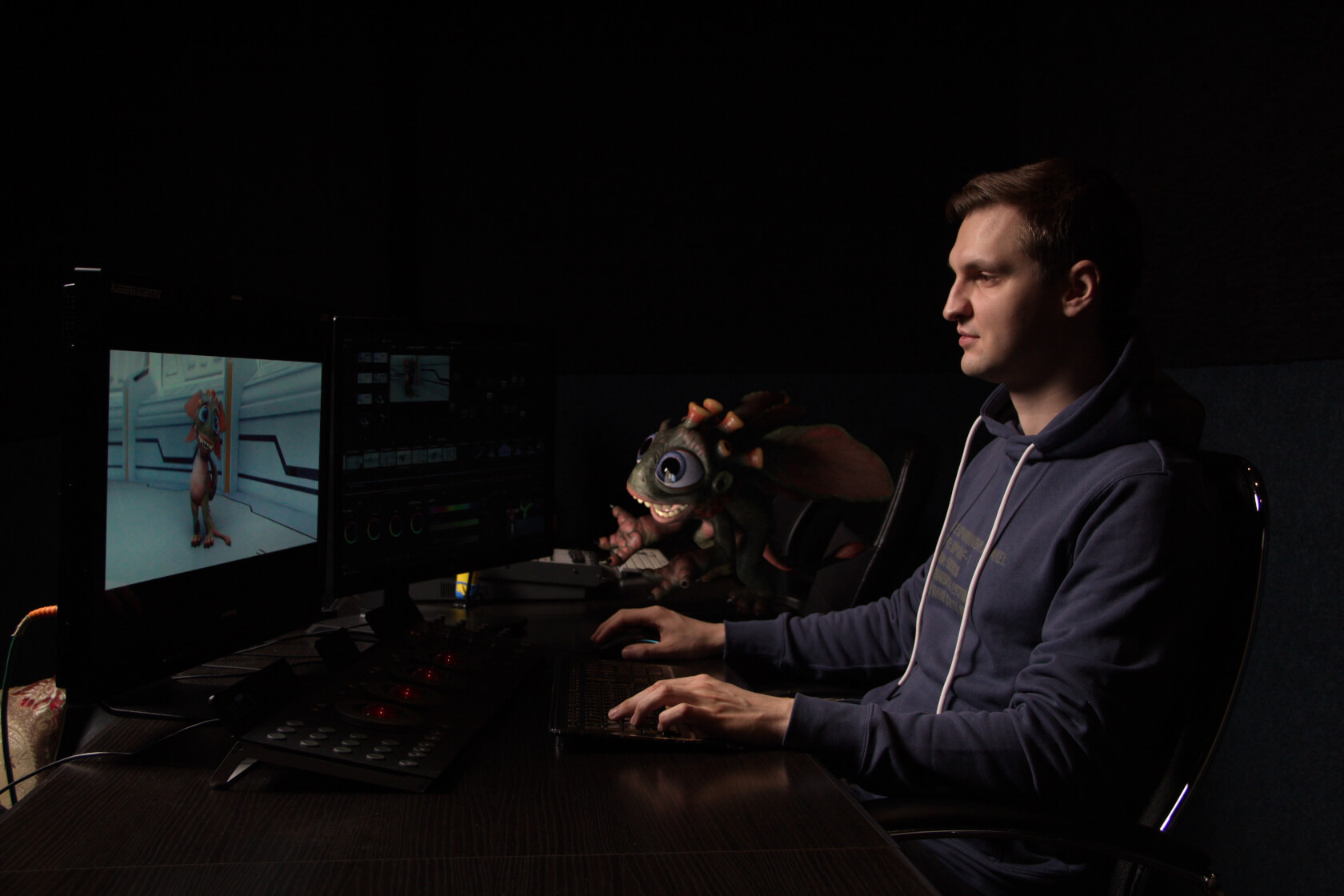
CGGE:Would you please simply introduce your company to our audience?
CGF is the largest Russian visual effects and animation studio, founded in 2004. The studio has worked on more than 50 feature films, 30 TV series, and numerous music and advertising videos. In 2017, the studio opened CGF Animation, a large branch focused on the creative development and production of high-end animated films. The studio produces animation, coproduces films, and provides services as a post-production and visual effects studio. CGF also develops its own proprietary software that has no parallel in Russia. The studio’s portfolio includes Three Seconds (2017), the highest grossing Russian film of all time in China as well as previous Russian box office hit in China I Am Dragon (2015) and acclaimed Spacewalk (2017).
CGGE: Russian Animation now attracts more and more world attention, especially in China. Like Masha and Bear, Три кота and Snow Queen etc. What do you think the strategy of output the Russian animation to the world market, especially Chinese market?
Pavel Bezborodov, lead VFX-supervisor: Russia has a rich tradition school of art short animation, but in order to make a successful international project in the modern world, first and foremost, there needs to be an extremely effective marketing. The research of audience preferences, all sort of feedback, advertising, the release of merchandise – all of that is the basis of the successful promotion.
When it comes to technical aspect I don’t see any problems on the Russian market. The projects you mentioned prove that in terms of animation and its visual component Russia is at a very good level internationally. Through the efforts of our studio as well, we are also raising this level.
International projects also demand international teams. The exchange of experience and ideas always benefits the quality. Simply hoping that an original local product will suddenly become world popular is, in my opinion, quite risky, even despite the success of some Russian projects.
CGGE: As you have been in production industry for a long time, what do you think of the development of Russian animation in the past ten years? What causes the change?
Lyubov Gaidukova, producer of animation projects: Over the past 10 years there has been a significant increase in commercial animation, especially when it comes to series. If 10 years ago in Russia there were only 3 or 4 animated series, now their number is measured in several dozens. There appeared the studios that specialize in commercial projects only. The industry is growing. The number of minutes produced per year is disproportionately more than it was 10 years ago. On the other hand, art short animation, which has always been very strong in Russia, is produced less and less, although an interest from the sophisticated viewer has not diminished.
This process is probably natural and partly dictated by the market. Commercial projects are focused on profit from sales and merchandising. The art cinema exists at the expense of subsidies and, for the most part, is not rentable. The TV channels need products for a certain format that can be easily integrated into the broadcasting schedule, so it is more profitable to support animated TV series.
Our studio is focused on the production of both commercial and art films. We like to experiment in our shorts. Sometimes from these experiments very interesting things immerge that can also be applied in commercial films. We think this approach is working – it gives an opportunity for growth and development.
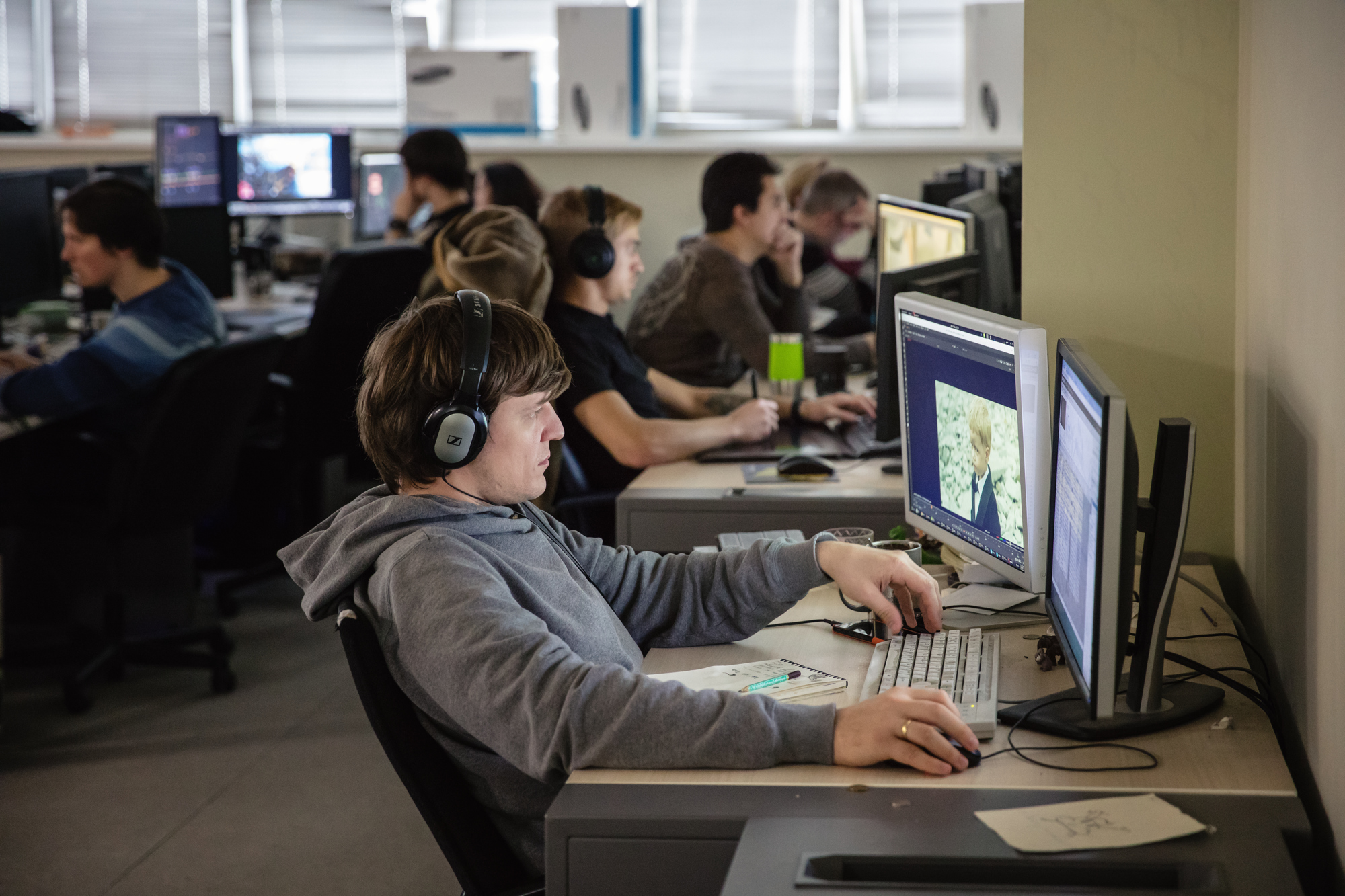
CGGE: Your business is comprehensive; how do you organize the production team that can meet the requirements from the different projects? What’s your advantages compared to the similar companies in Russia?
Pavel Bezborodov, lead VFX-supervisor: CGF is the largest computer graphics production studio and one of the most experienced in the Russian market. This year the studio will turn 15. We are able to cope successfully with the largest projects on our own, which we have repeatedly proven. 3 years in a row we’ve received “best visual effects” prize from the Russian analogue of the Academy awards, and it speaks for itself. An important criterion of our success, for me is the extreme attention that we pay to the quality of our work, as well as regular planning and monitoring the status of projects at all stages. We try to be as flexible as possible and adapt to the needs and style of the customer. For each project, we choose a producer who is responsible for the deadlines and the financial side, the supervisor responsible for the quality of the product and the coordinator who helps them.
To organize our production, we apply the traditional approach of a narrow specialization for solving a large flow of standard tasks. The studio is divided into many departments, that work simultaneously and finalize the shots as fast as a conveyor belt.
But in each project we try to highlight the main technological challenge that could advance our studio, be it a 3D crowd, fire, water, character animation, or something else. To solve unique problems like that, we gather separate work groups consisting of the representatives of different departments and also include our extensive R&D department.
We currently single out animation as a separate priority direction in which we want to develop. We already have ideas for our own projects that we are developing.
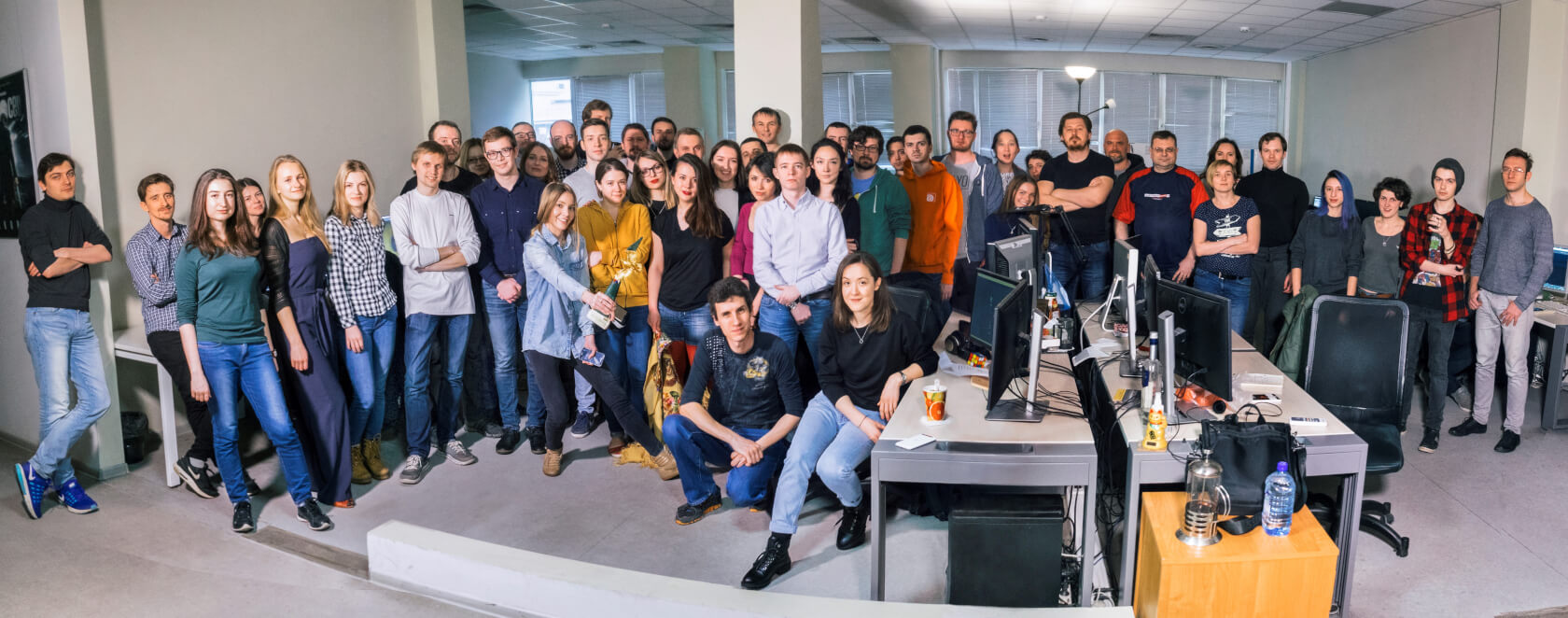
CGGE: Your works have been rewarded a lot of world-class award; how the awards benefit for your business?
Alexander Gorokhov, general producer: It does not affect the business itself significantly. It rather boosts our visibility, and also guaranties the quality of our work.
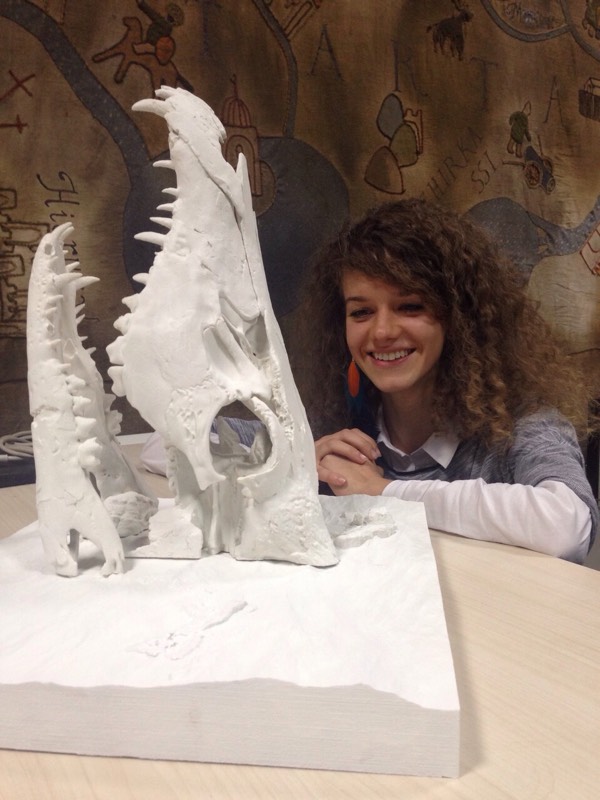
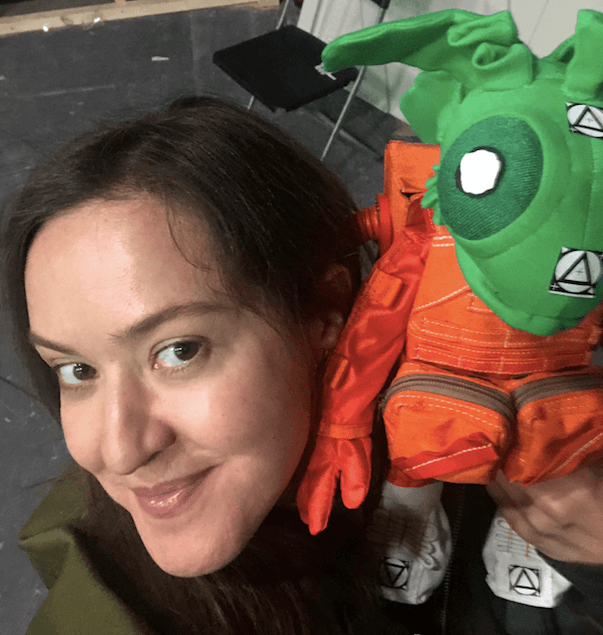
CGGE: Do you develop your own production tools or plugins? How much cost usually you put in R&D for a project? Do you think it deserve to spend the money on technology?
Alexander Gorokhov, general producer: It is definitely worth investing in the development of one’s own technologies. How much? We do not have a fixed amount. It all depends on the task. Most of the technologies that we develop for a certain project can later grow into independent start-ups and become a product in itself. It is only a matter of time and efforts. The scheme is very simple: we find a solution for a project, test this solution directly within the project, and if it works well and according to our expectations, then we estimate how this feature might be useful to us in our future work. If we see that we will use it often, then we continue to develop it.
At the moment our R&D department has 20 specialists. Among our most sought-after developments is ViewGA – a professional virtual reality software and hardware system, which we created specifically for television and film production. With ViewGA one can make realistic shots completely in virtual space. Our other technology, which has become indispensable in the work, is Nimble, a system for capturing and transferring a person’s facial expressions to 3D characters, which allows to automate facial animation of computer characters, talking animals, fictional characters and digital doubles.
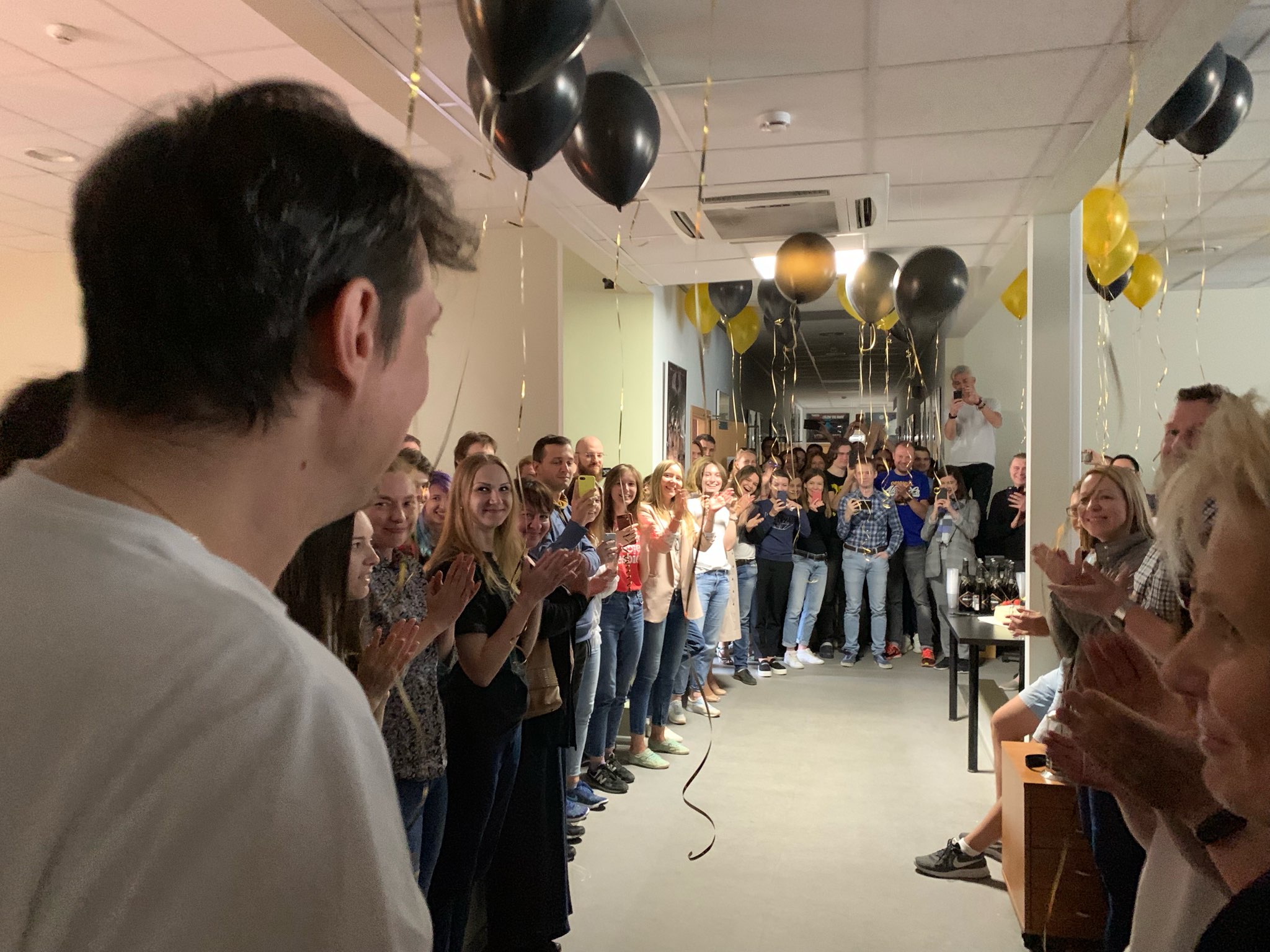
CGGE: You also did a lot of VFX for Chinese movies, what do you think the Chinese works different from that of the western world? And what do you think of the Chinese movie market? Will China be your future major market later?
Pavel Bezborodov, lead VFX- supervisor: It would not be an exaggeration to say that China is like a separate Universe on our globe, that stands out not only as a unique culture, but also as 1/5 of the entire audience. The growth rate of the number of screens and local box-office is just incredible. In only two weeks, the highest-grossing Russian film “Three Seconds”, for which we did all of the computer graphics, became the highest grossing Russian film in China, earning three thirds of its total box-office. Therefore, businesswise it is a very attractive part of the market. In addition to simply distributing films, Hollywood initiates co-production projects, and Netflix on the contrary buys ready-made projects in order to distribute in the West.
The preferences and traditions that distinguish the Chinese audience from, in particular, the Russian audience, are sometimes significant. Western audiences, I think, simply lack knowledge of history and mental outlook, especially because lately Hollywood films had, so to speak, a monopoly on presenting reality, both historical and fictional. Although, for example, people of my generation were, one might say, brought up on Chinese films about kung fu or Hong Kong police.
In general, China fascinates me with the careful preservation of cultural traditions and, at the same time, the organic interweaving of the most modern ideas and technologies. As a result, I am very impressed by the scope of fantasy and courage in the artistic and dramatic decisions of Chinese cinematographers. I watched with great pleasure the adventure film “寻龙诀” and got emotionally captivated while watching “我不是药神”.
We have already participated in several Chinese projects throughout the entire spectrum of film production stages – preparation, filming, post-production – and I want to emphasize the high professionalism of Chinese colleagues both in business and in the creative component. Setting goals, striving for dialogue, providing materials that optimize work — all of that was happening at a high international level and in no way inferior to Hollywood projects, which we are also working on. In other words, this is the way to work.
What I can say for sure is that we would like to expand our cooperation with the Chinese film industry so that more interesting, original, complex, instructive, entertaining projects appear. We have a lot to learn from you.

CGGE: In this Annecy, you brought three valued projects and what do you expect for them? Can you simply introduce us the projects about?
Lyubov Gaidukova, producer of animation projects: This year at Annecy’s MIFA we pitched an 3D animated feature THE GREAT RACE, an adventure comedy about inventors for family audience. It’s an original story set in an alternative steampunkish reality around the beginning of the XX century. The project is in active development so we presented the first concepts of our world and characters. Our goal is to create the world that would looks on one hand bright, universal and relatable to the audiences worldwide. And on the other hand, unique, exotic, and interesting to see into. We received a very enthusiastic feedback for our material. We are open for coproduction offers and we are sure Chinese producers would find the project interesting as well.
We also presented two artistic shorts THE ORANGE TREE and I AM COSMOS. THE ORANGE TREE is already in production and we expect this atmospheric mystical drama about a lonely child to receive a lot of interest from the festivals. And the I AM COSMOS short is a sci-fi story about a genesis of the new life on an unknown planet.
For more information about the CGF projects, please contact sophia@cgge.media. We can help to connect you and CGF for further cooperation.

熱門頭條新聞
- PBS NOVA / GBH JOINS THE PRODUCTION OF ZED AND ARTE’S PREMIUM DOCUMENTARY THE LOST TOMBS OF NOTRE-DAME
- Biopunk Action Title Sonokuni Launching Early 2025
- LifeAfter Season 7 “The Heronville Mystery” Brings a Brand New Folklore Horror Theme for a Unique Survival Experience
- 2024 Developer Showcase and look ahead to 2025
- Jumping Jazz Cats will launch on PC January 30th
- Lexar Announces Two Portable SSDs
- Quell Announces Hit Game Shardfall is Coming to VR
- The films of the Panorama and World Vision at the 11th Duhok International Film Festival were introduced
